Burden

The debate over what constitutes art has raged on throughout most of human history, from cave paintings to Socrates to Marcel Duchamp and his prolific urinal. Chris Burden came to fruition in the late 60s and early 70s, a period of time in which the active upending of a zeitgeist has seldom been more concentrated. It was the age of Vietnam and LSD and The Rolling Stones, when young directors came to Hollywood and told the studio system where to stick it, and when a young man from Boston set up an exhibition where one of his friends pointed a gun at him and shot him through the arm. It was not the first time he’d endangered his life for his art, and it certainly wouldn’t be the last. But the question posed at the time – the question that Richard Dewey and Timothy Marrinan’s documentary aims to interrogate – was whether this was a brave, confrontational art piece, or an attention-grabbing stunt that merited the man’s reputation as “the Evil Kineval of Art”.
Burden follows the trajectory of its central subject’s work, from when he was an art-school student at the University of California, through his performance art days, and to his later work as a sculptor of popular public art pieces. One of his first acts of daring was to shut himself in a locker for five days, which alternatively bemused and irritated his fellow college members. He soon developed a radical rag-tag team of collaborators, who were quite prepared to supply the matches for many of Burden’s incendiary museum pieces – designed to provoke, with physical, tangible results.
The immediate contemporary reference is someone like David Blaine or Derren Brown, whose careers have hinged on baiting audiences with gob-smacking acts of apparent danger. But Burden rejects such labels, instead setting a tradition to be followed by Marina Abramović (who appears here, and is herself the subject of no less than 14 documentaries) and Shia LaBeouf; artists who, no matter how annoying one might find their antics, have successfully challenged dominant ideas of cultural intake and publicity politics.
Dewey and Marrinan’s documenty is well-rounded, thorough and evocative, tapping into a vibrant cultural history and resisting the urge to focus too much on the artist’s interior life at the expense of real insight. Yet if there’s a flaw, it’s that it’s still not quite critical enough. Burden becomes closely involved with the film in the segments that showcase his later years, as he designed spectacular, almost authorless sculptures that were immensely popular. But they were less daring and provocative – does this make them lesser works of art? Burden died only in 2015, which might make pursuing this line of critique a bit tasteless; nonetheless, there remains a minor sense of missed opportunity.
Sam Gray
Burden is released in selected cinemas on 5th May 2017.
Watch the trailer for Burden here:

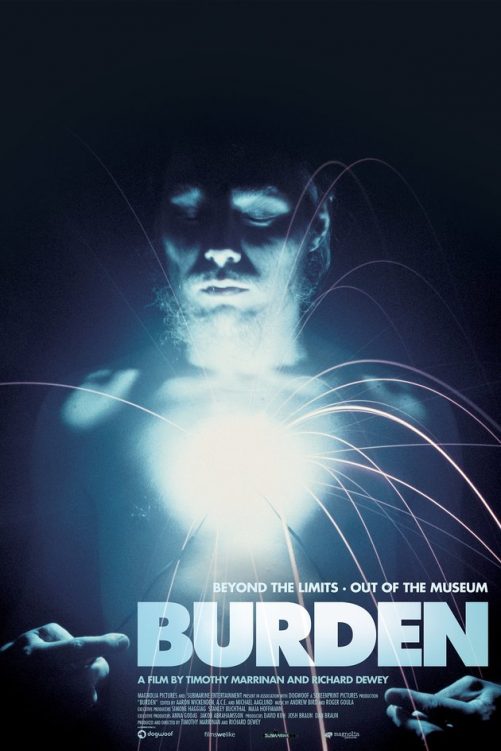

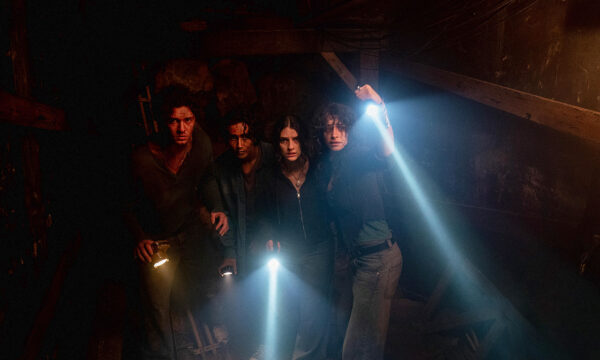



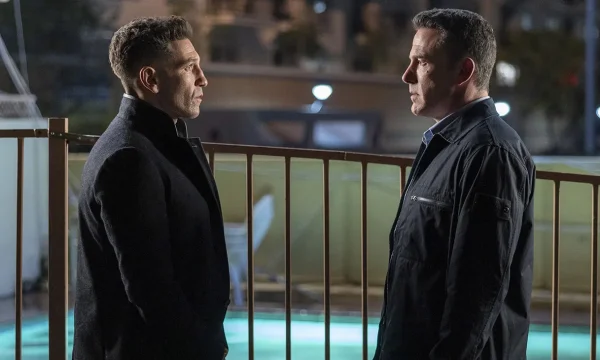

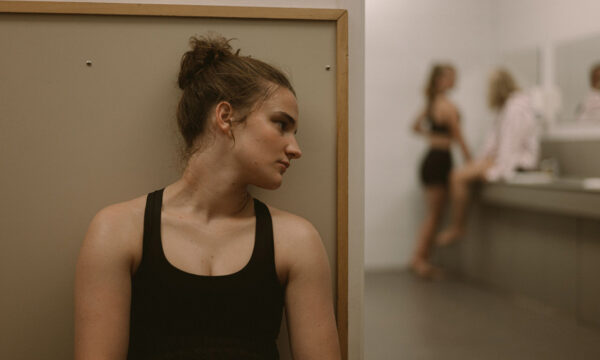
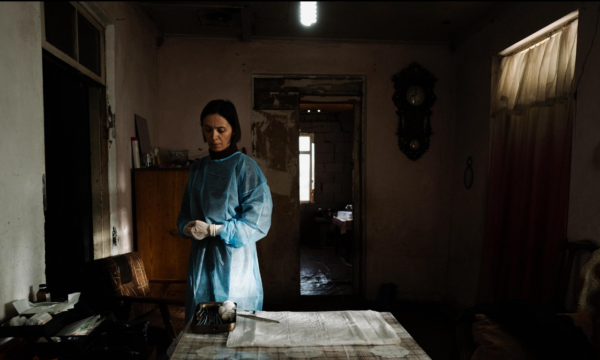














Facebook
Twitter
Instagram
YouTube
RSS